Jordan Wolfson’s transgressive art exposes the ugly parts of our nature
Through technologically sophisticated installations, Jordan Wolfson compels us to confront uncomfortable truths about human existence. He features as one of 25 creative leaders of the future in Wallpaper’s 25th Anniversary Issue ‘5x5’ project, nominated by fellow artist Michèle Lamy
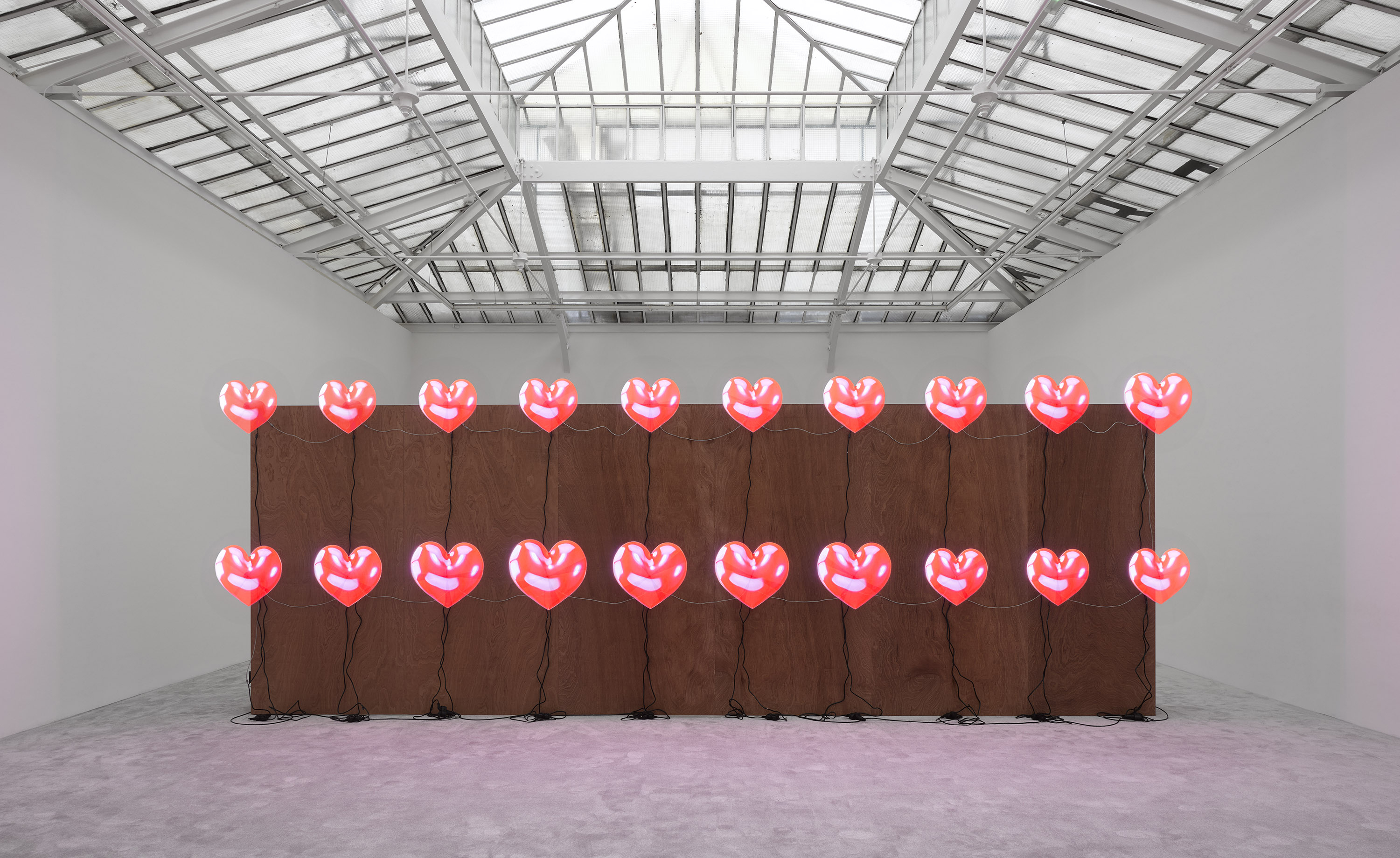
The art of Jordan Wolfson has been described as bizarre, transgressive, ‘borderline insane’. He shot to fame with Female Figure (2014), a robotic sculpture resembling a woman wears a revealing white dress and a witch mask, gyrating and giving monologues while using facial recognition software to return the viewer’s gaze.
Another animatronic piece, Colored Sculpture (2016), involved a child-like puppet with a demonic disposition, suspended from a gantry system with heavy chains. It’s flung around back and forth in the air and thrown against the floor in 15-minute cycles; all the while the classic love song When A Man Loves A Woman starts and halts in the background, interspersed with Wolfson’s voice reading a menacing text. The violent performance elicits shock and horror, followed by discombobulation and intense debate over its meaning. Some say it’s a comment on childhood trauma, some believe it’s an allegory for how violence begets violence, others suggest that the work reveals the illusory nature of civility and exposes the ugliest parts of our nature.
Top: Wolfson's Female Figure, 2014. Photography: Jonathan Smith. Above: Colored Sculpture, 2016. Photography: Dan Bradica. Both images courtesy of Jordan Wolfson, David Zwirner, New York, and Sadie Coles, HQ, London
Born in 1980, Wolfson belongs to a generation of artists who came of age with the internet. Online culture has certainly informed the irreverence, brutal honesty and even deprivation that permeates his work; it has also shaped his ambivalence towards technology. Despite his embrace of CGI animation, animatronics, holographic displays, virtual reality and the like, he is no techno-utopian; indeed, a 2017 VR piece Real Violence showed the artist beating a dummy into a (computer-generated) bloody pulp, challenging the viewer to bear witness while coming to terms with their inability to intervene.
When we ask the LA-based artist what technologies and associated social phenomenon he’s keen to explore next, he says, ‘I'm changing so my work is changing. Once you surrender to that, topical interests seem to blend into each other and don’t matter so much. But a big picture view I might ask, “How can consciousness be embedded into media?” And I don’t mean just robots that move. What I mean is how all art is the embedment of consciousness into media: painting, sculpture, literature, film, music, etc.’
Likewise, while Wolfson tends to avoid prescriptive readings of his artwork, he is confident in his broader intentions: ‘If art is supposed to be celebratory and propose a better world, for me that’s decorative art. That’s fine. But you’re looking at my work from another genre,’ he admitted in a 2020 interview. ‘I’m not here to heal the world. I’m an artist. My job is to see the world’.
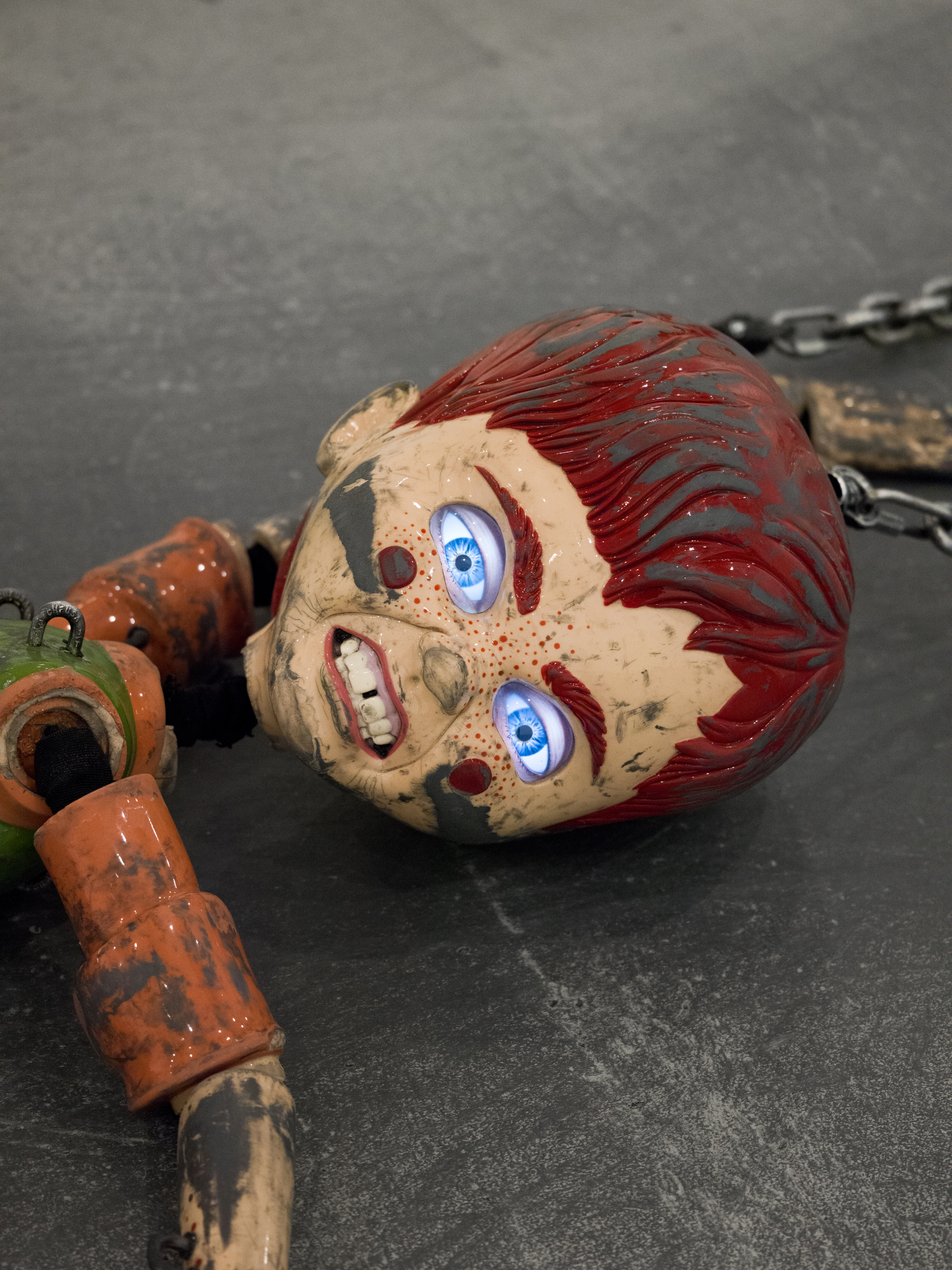
Detail of Wolfson's Colored Sculpture, 2016. Photography: Dan Bradica, courtesy of Jordan Wolfson, David Zwirner, New York, and Sadie Coles, HQ, London
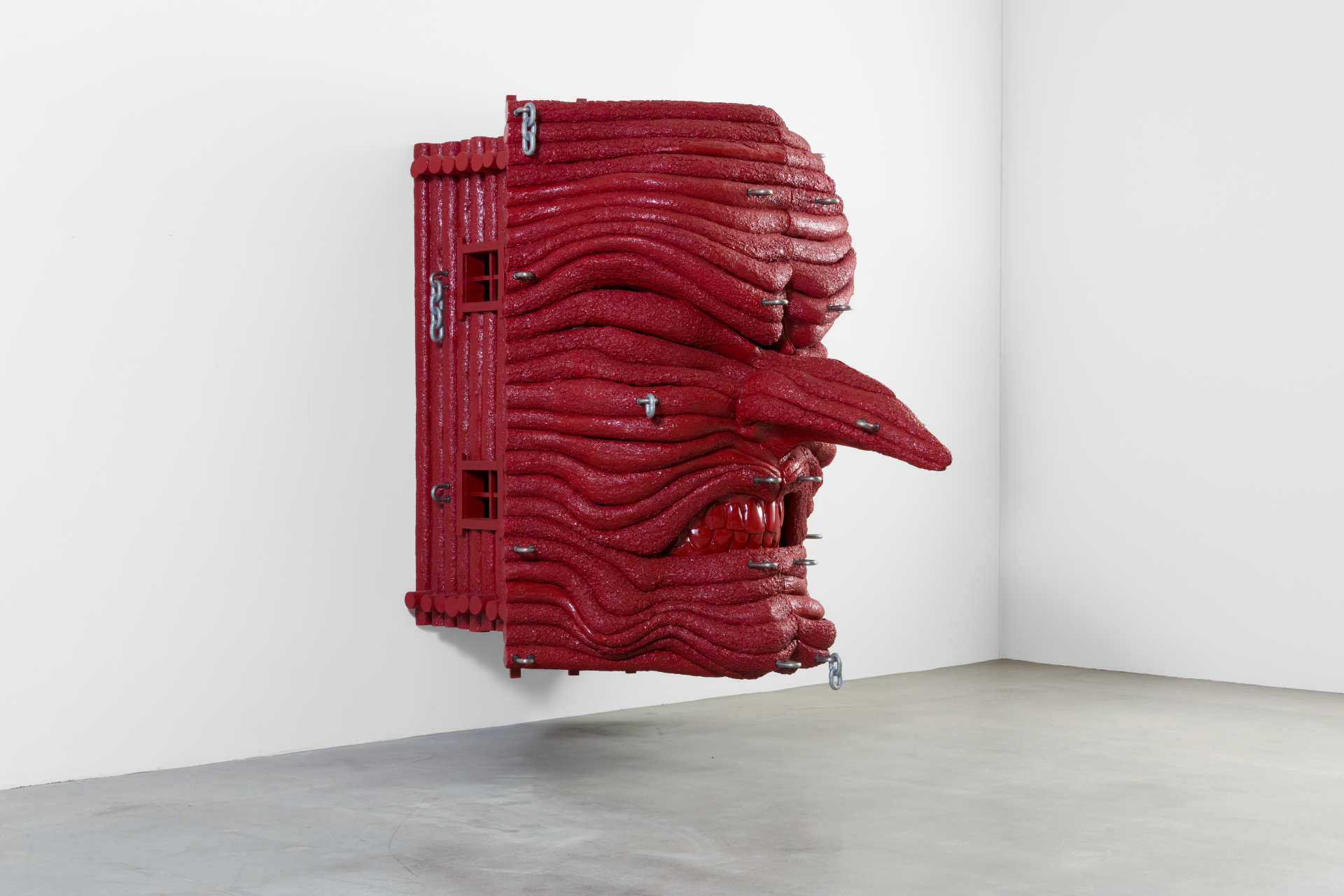
House with Face, 2017. Photography: Josh White, courtesy of Jordan Wolfson and Sadie Coles, HQ, London
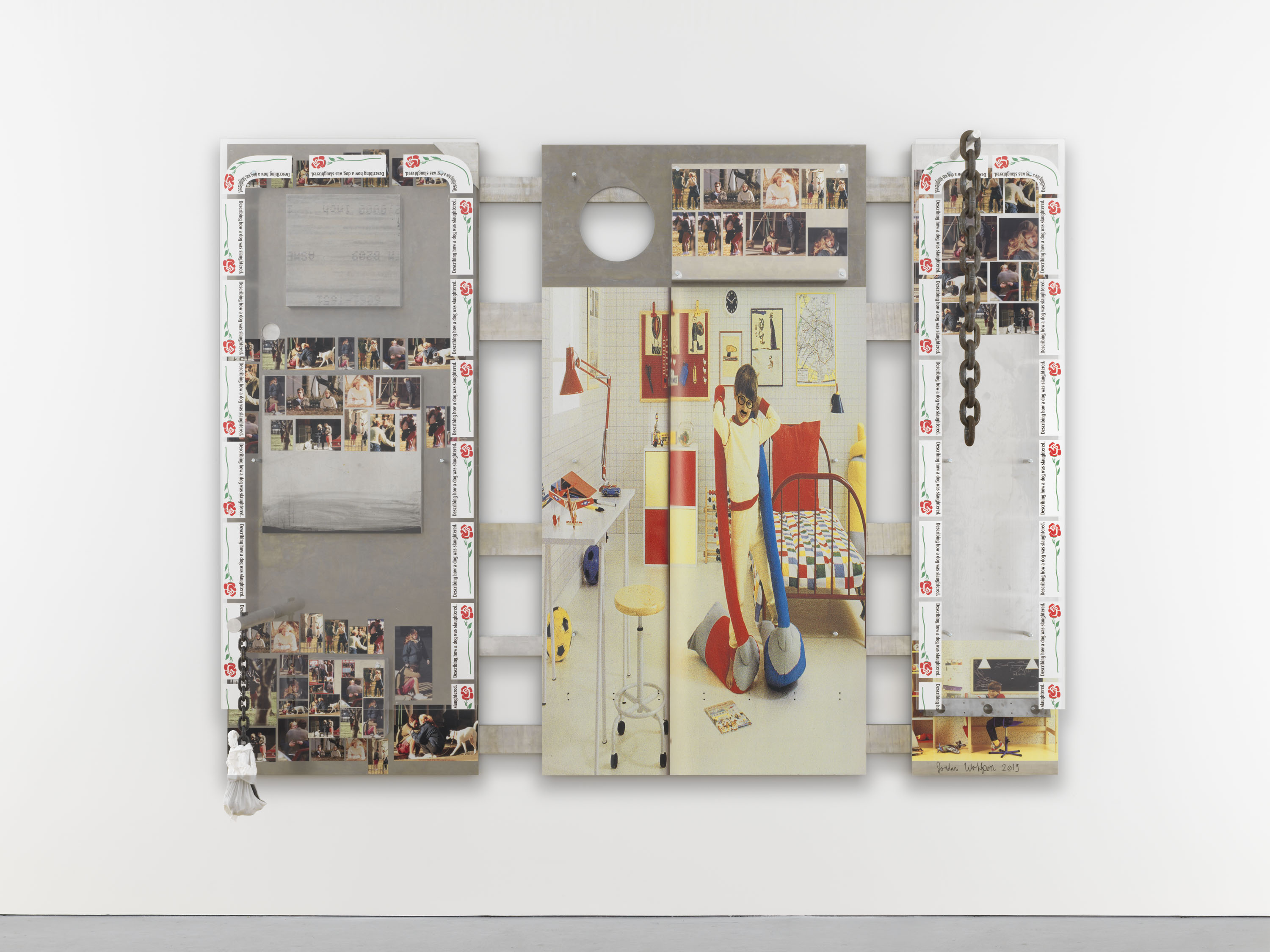
Untitled, 2019 (UV print with clear coat on aluminum panel, aluminum cleats, acrylic sheets, adhesive media, steel chain, cotton, tape, steel spacers, steel bolts, and paint marker). Courtesy of Jordan Wolfson and David Zwirner, New York
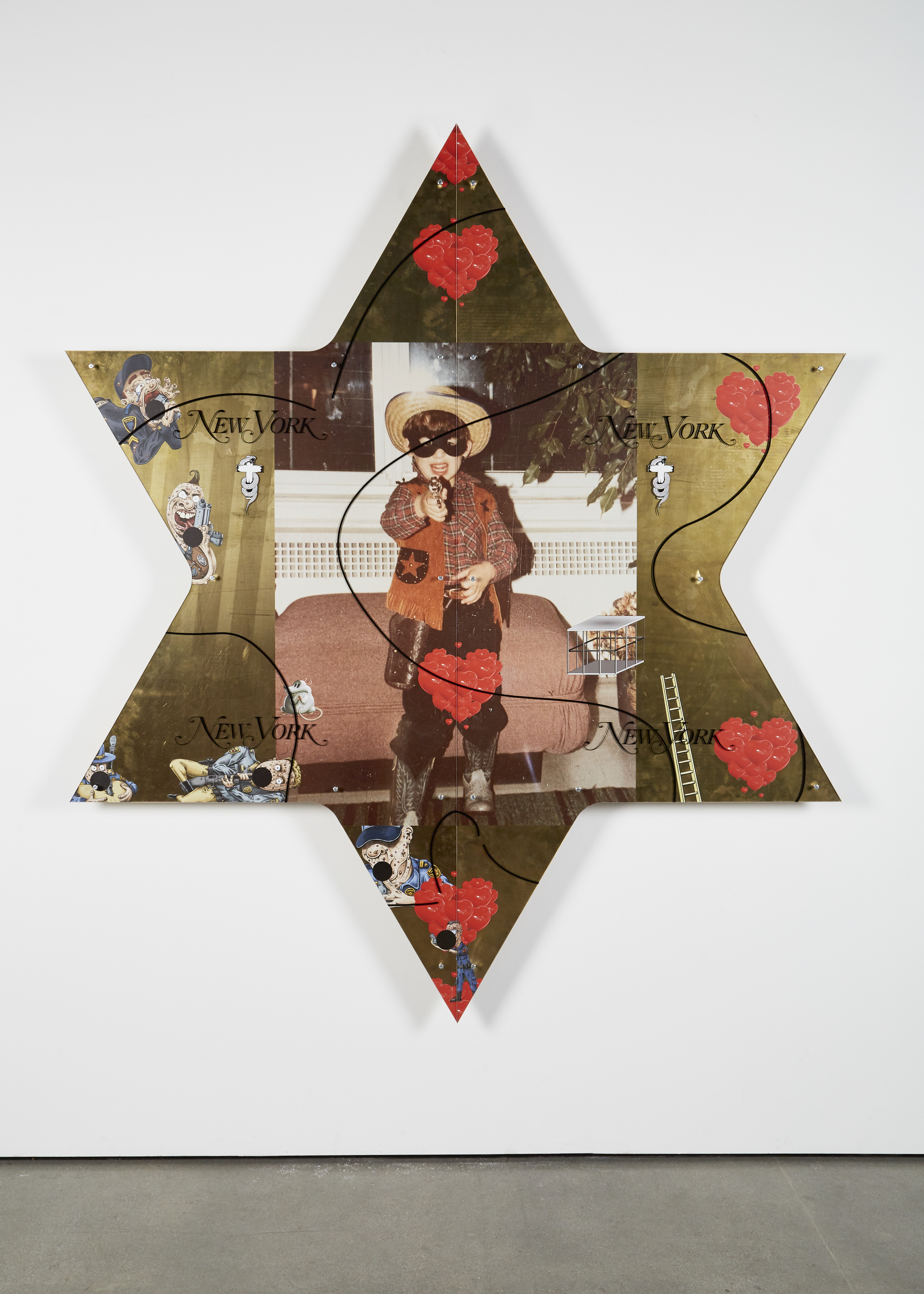
Untitled, 2020 (Brass, UV print, acrylic, adhesive vinyl stickers). Courtesy of Jordan Wolfson and David Zwirner, New York
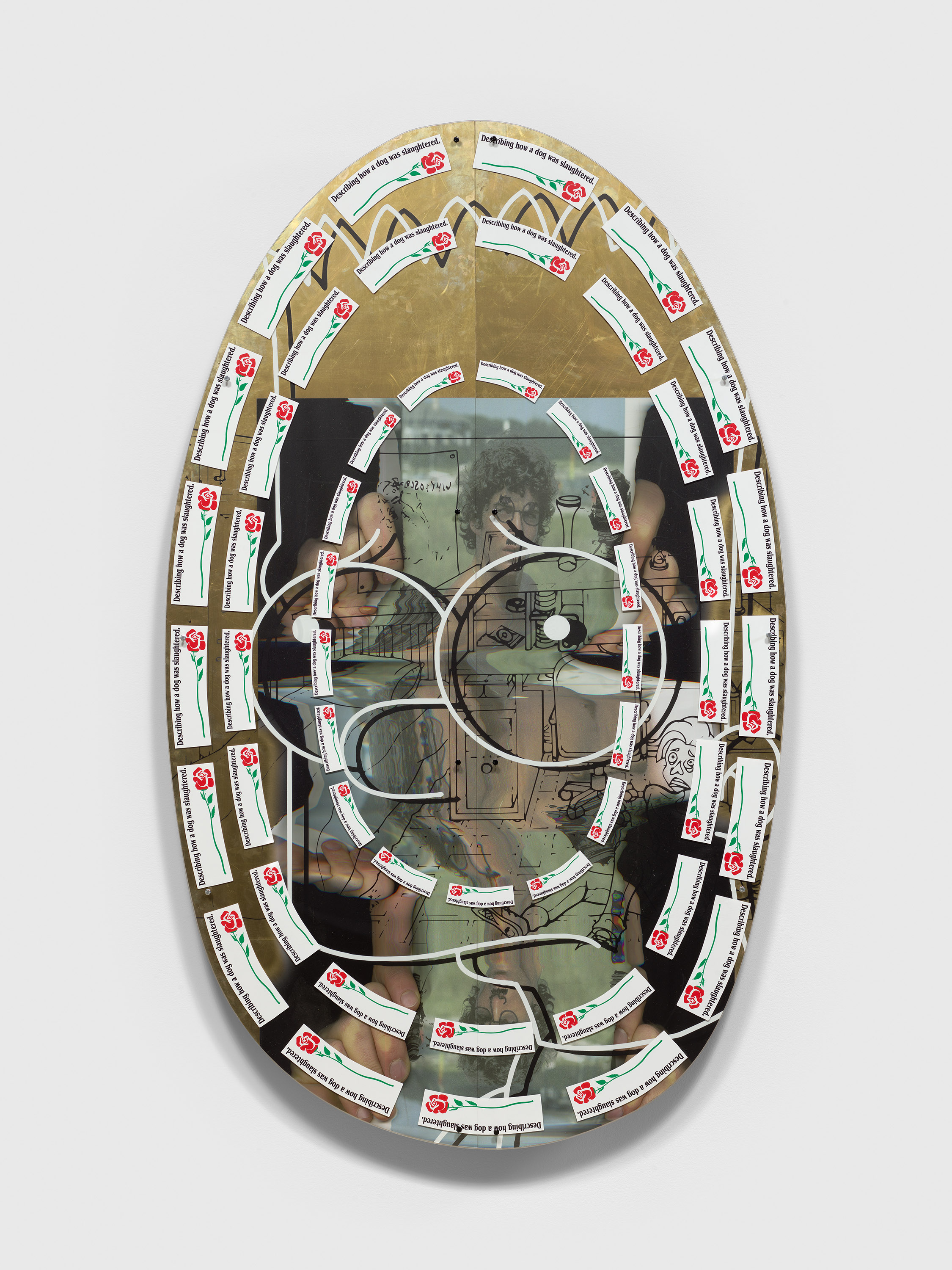
Untitled, 2021 (UV print on brass, acrylic, adhesive vinyl stickers). The stickers bear the words 'Describing how a dog was slaughtered'. Courtesy of Jordan Wolfson and David Zwirner, New York
Wallpaper* Newsletter
Receive our daily digest of inspiration, escapism and design stories from around the world direct to your inbox.
TF Chan is a former editor of Wallpaper* (2020-23), where he was responsible for the monthly print magazine, planning, commissioning, editing and writing long-lead content across all pillars. He also played a leading role in multi-channel editorial franchises, such as Wallpaper’s annual Design Awards, Guest Editor takeovers and Next Generation series. He aims to create world-class, visually-driven content while championing diversity, international representation and social impact. TF joined Wallpaper* as an intern in January 2013, and served as its commissioning editor from 2017-20, winning a 30 under 30 New Talent Award from the Professional Publishers’ Association. Born and raised in Hong Kong, he holds an undergraduate degree in history from Princeton University.
-
 Put these emerging artists on your radar
Put these emerging artists on your radarThis crop of six new talents is poised to shake up the art world. Get to know them now
By Tianna Williams
-
 Dining at Pyrá feels like a Mediterranean kiss on both cheeks
Dining at Pyrá feels like a Mediterranean kiss on both cheeksDesigned by House of Dré, this Lonsdale Road addition dishes up an enticing fusion of Greek and Spanish cooking
By Sofia de la Cruz
-
 Creased, crumpled: S/S 2025 menswear is about clothes that have ‘lived a life’
Creased, crumpled: S/S 2025 menswear is about clothes that have ‘lived a life’The S/S 2025 menswear collections see designers embrace the creased and the crumpled, conjuring a mood of laidback languor that ran through the season – captured here by photographer Steve Harnacke and stylist Nicola Neri for Wallpaper*
By Jack Moss
-
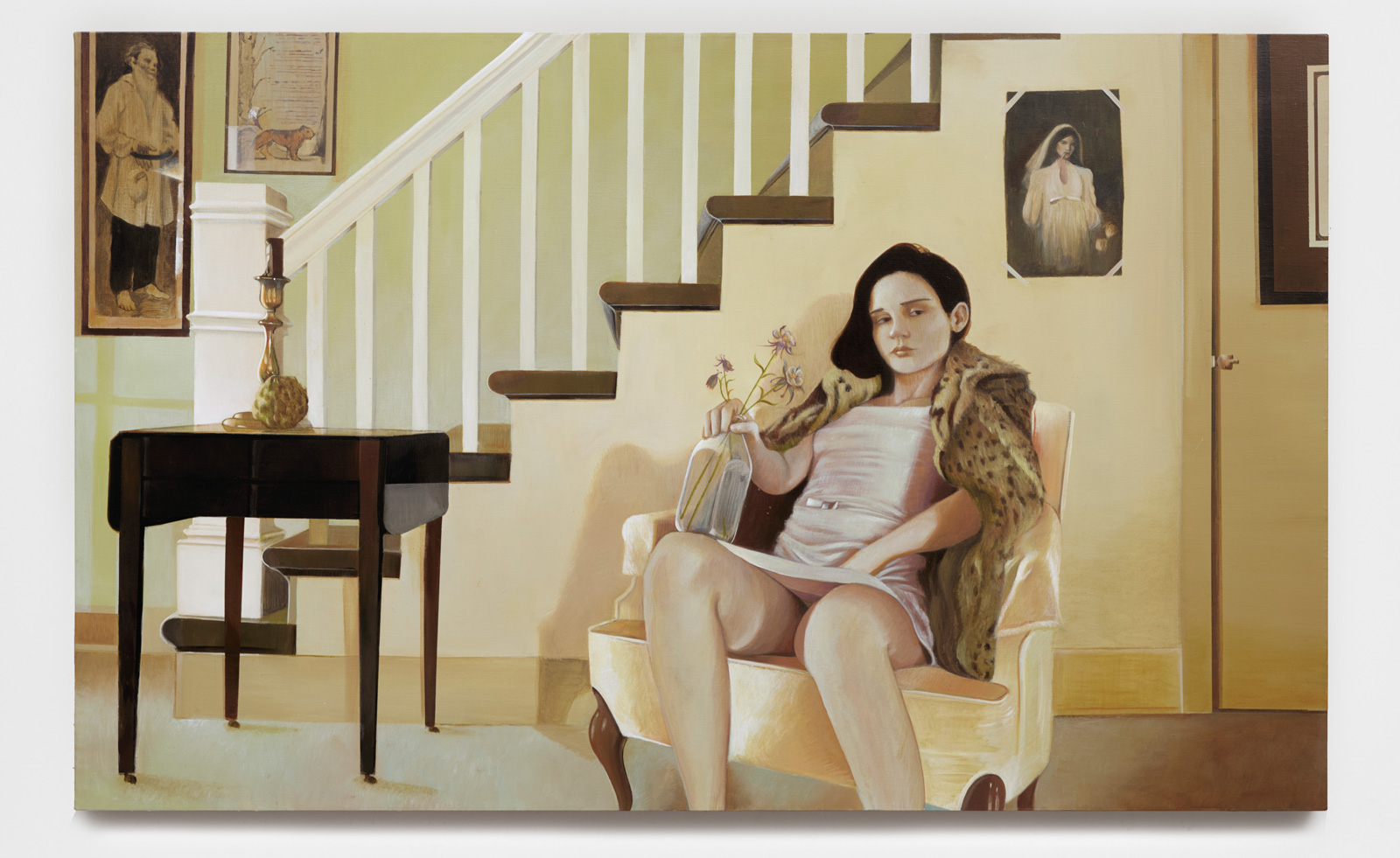 Leonard Baby's paintings reflect on his fundamentalist upbringing, a decade after he left the church
Leonard Baby's paintings reflect on his fundamentalist upbringing, a decade after he left the churchThe American artist considers depression and the suppressed queerness of his childhood in a series of intensely personal paintings, on show at Half Gallery, New York
By Orla Brennan
-
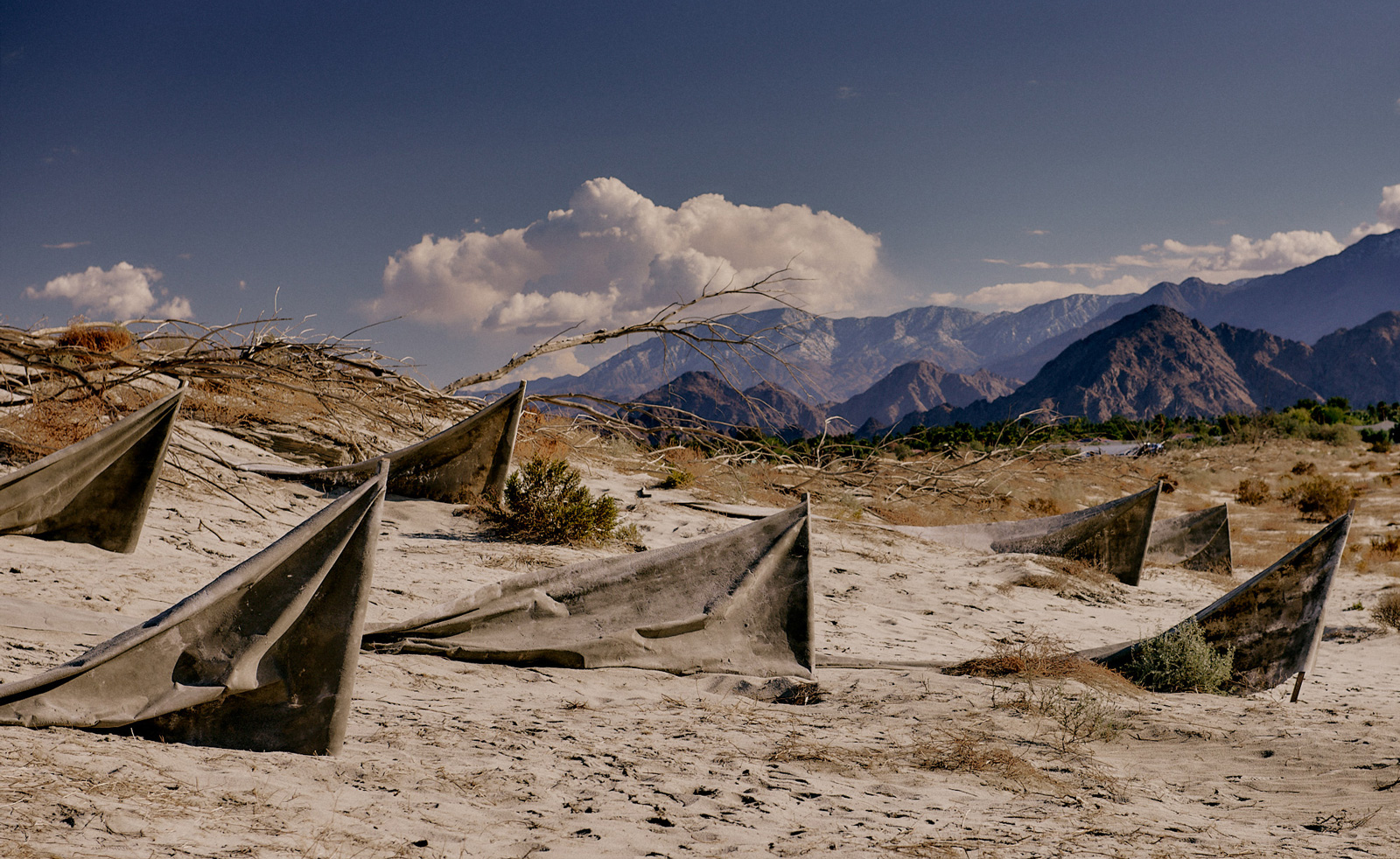 Desert X 2025 review: a new American dream grows in the Coachella Valley
Desert X 2025 review: a new American dream grows in the Coachella ValleyWill Jennings reports from the epic California art festival. Here are the highlights
By Will Jennings
-
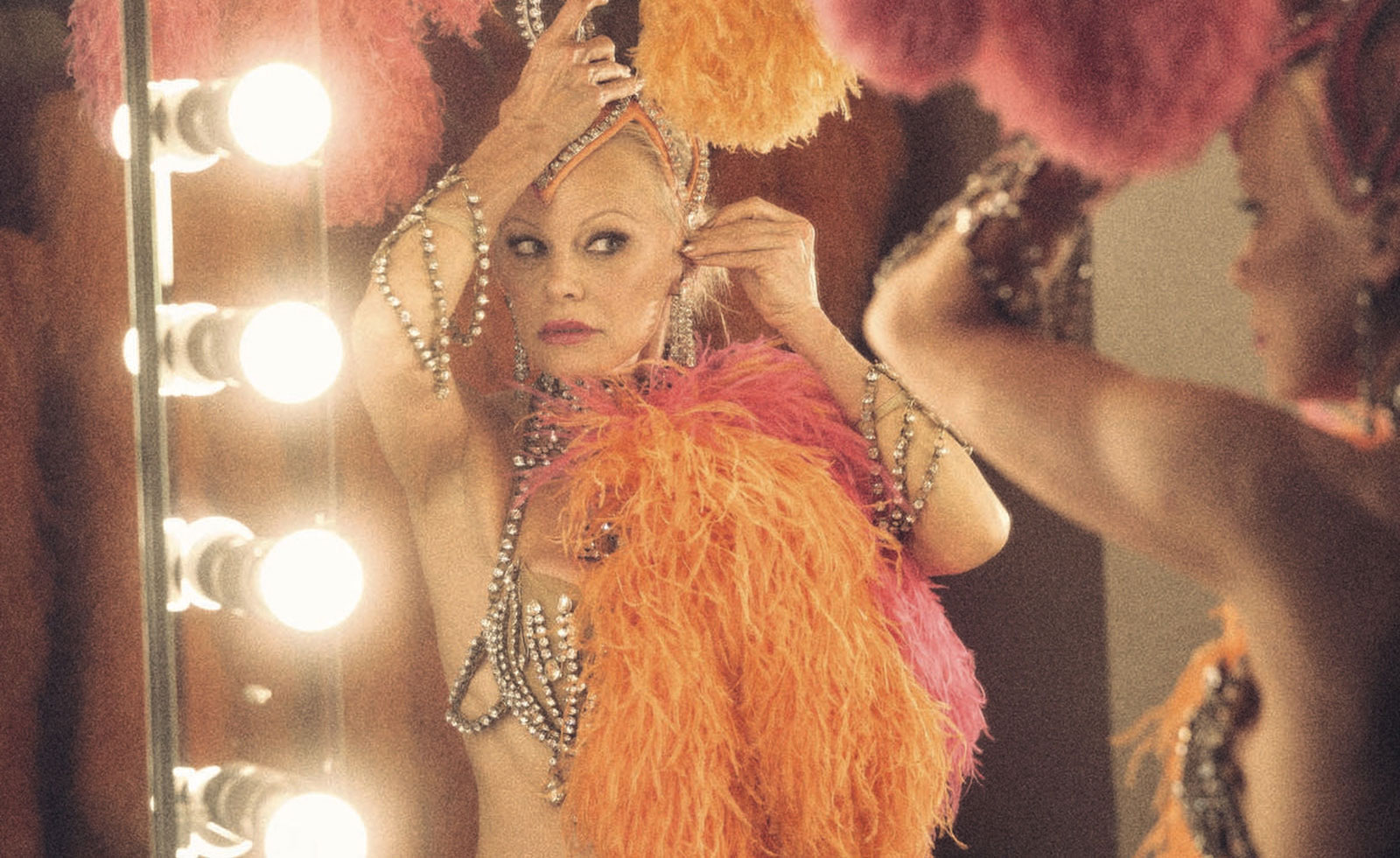 In ‘The Last Showgirl’, nostalgia is a drug like any other
In ‘The Last Showgirl’, nostalgia is a drug like any otherGia Coppola takes us to Las Vegas after the party has ended in new film starring Pamela Anderson, The Last Showgirl
By Billie Walker
-
 ‘American Photography’: centuries-spanning show reveals timely truths
‘American Photography’: centuries-spanning show reveals timely truthsAt the Rijksmuseum in Amsterdam, Europe’s first major survey of American photography reveals the contradictions and complexities that have long defined this world superpower
By Daisy Woodward
-
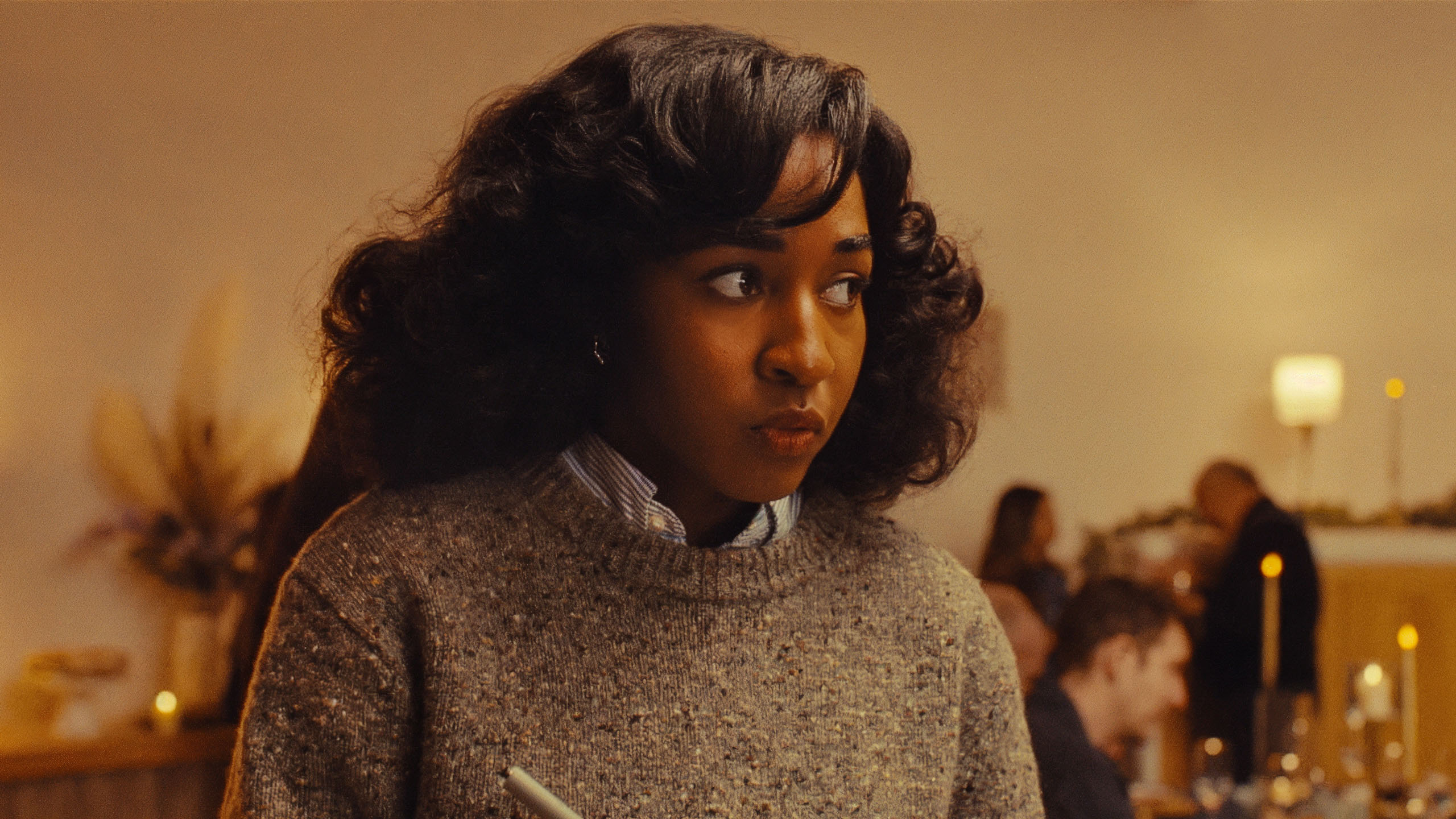 Sundance Film Festival 2025: The films we can't wait to watch
Sundance Film Festival 2025: The films we can't wait to watchSundance Film Festival, which runs 23 January - 2 February, has long been considered a hub of cinematic innovation. These are the ones to watch from this year’s premieres
By Stefania Sarrubba
-
 What is RedNote? Inside the social media app drawing American users ahead of the US TikTok ban
What is RedNote? Inside the social media app drawing American users ahead of the US TikTok banDownloads of the Chinese-owned platform have spiked as US users look for an alternative to TikTok, which faces a ban on national security grounds. What is Rednote, and what are the implications of its ascent?
By Anna Solomon
-
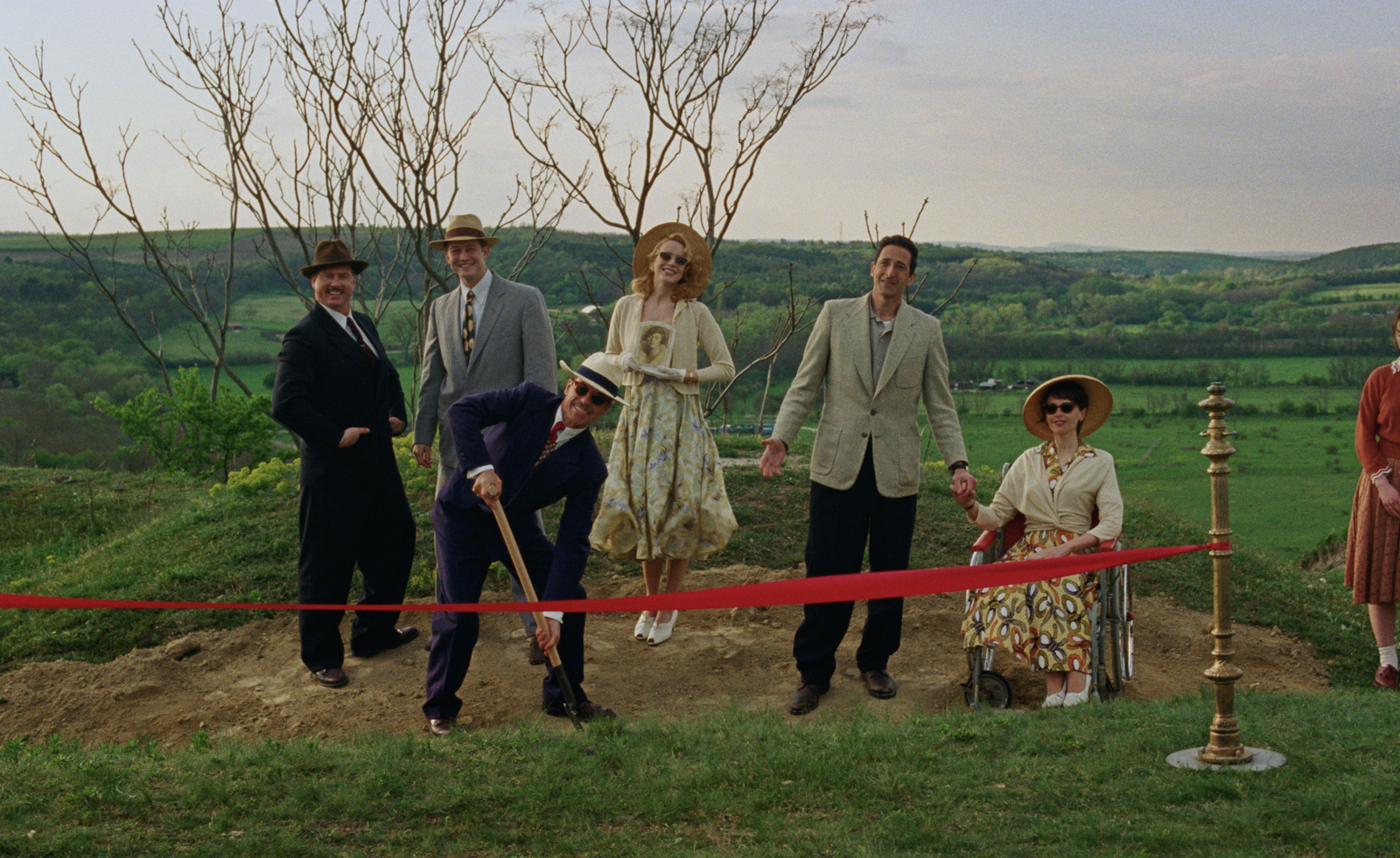 Architecture and the new world: The Brutalist reframes the American dream
Architecture and the new world: The Brutalist reframes the American dreamBrady Corbet’s third feature film, The Brutalist, demonstrates how violence is a building block for ideology
By Billie Walker
-
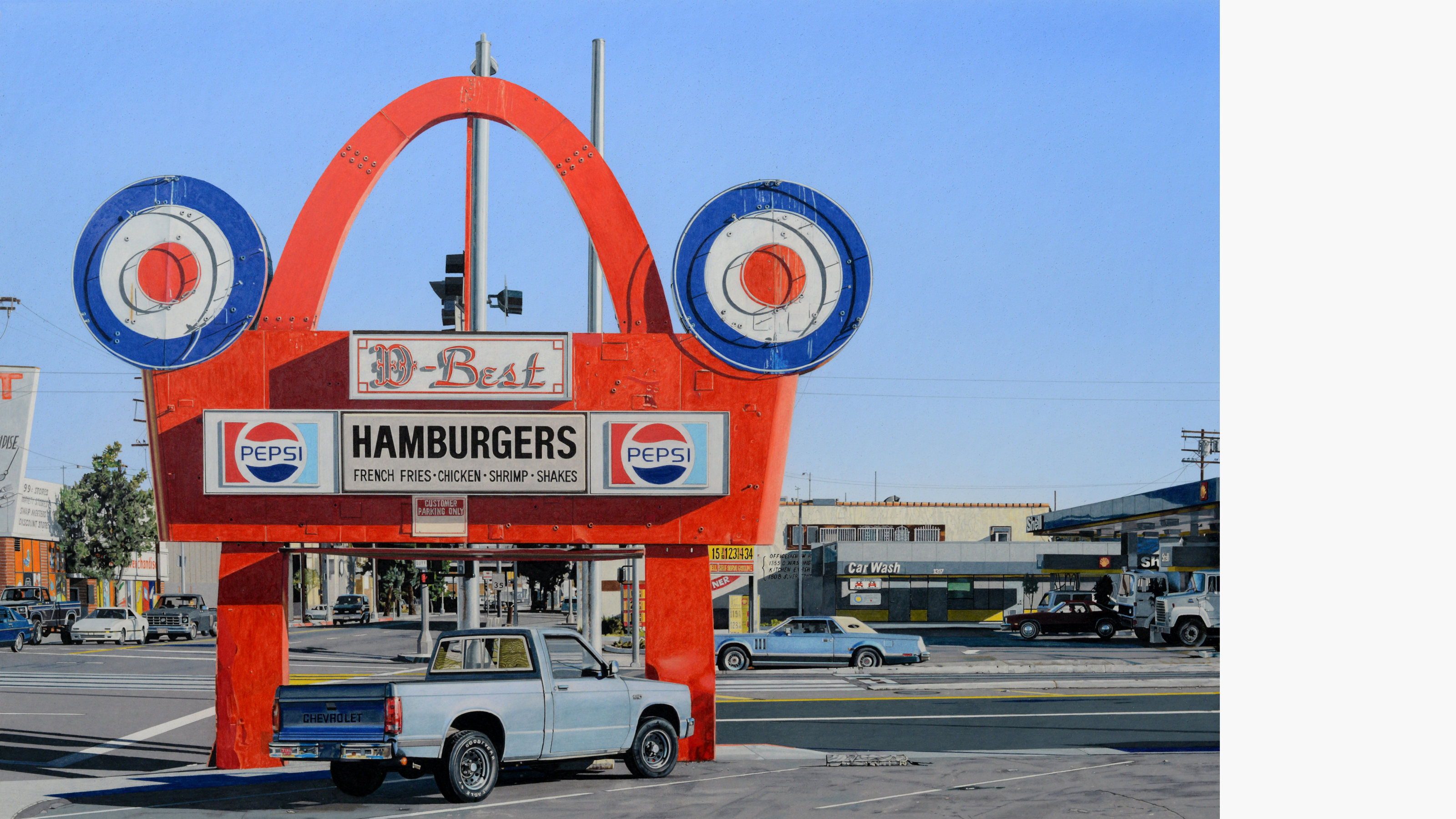 ‘Gas Tank City’, a new monograph by Andrew Holmes, is a photorealist eye on the American West
‘Gas Tank City’, a new monograph by Andrew Holmes, is a photorealist eye on the American West‘Gas Tank City’ chronicles the artist’s journey across truck-stop America, creating meticulous drawings of fleeting moments
By Jonathan Bell